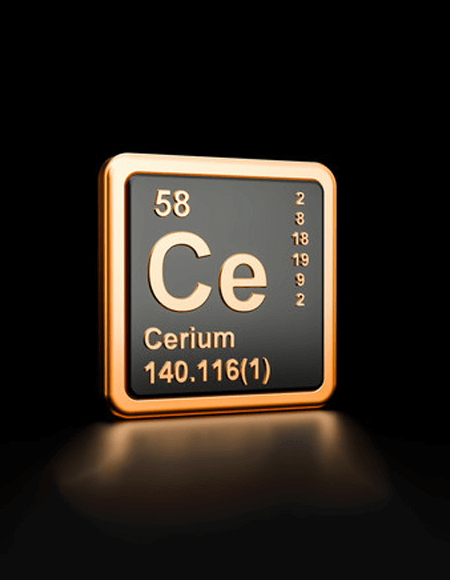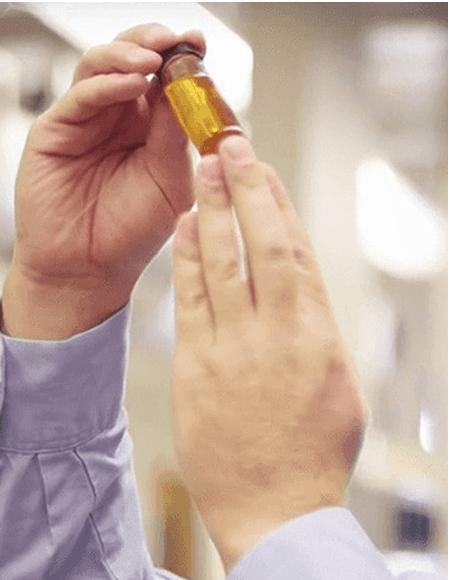Metals in Our Everyday Lives
Metals in Our Everyday Lives
Bismuth Subcarbonate Story:
Vascular catheters are widely used in diagnostic and angioplasty procedures to save lives. The process of inserting a catheter in a vein or artery to the patient’s heart requires that a physician know the position of the distal tip at all times. Determining the position of the catheter on an x-ray monitor is difficult, as silicone and plastic do not block the transmission of x-rays and do not appear. By incorporating x-ray opaque material, such as Bismuth Subcarbonate, into to the catheter polymer, the catheter’s position is easily detected by conventional means.
Shepherd Chemical has manufactured Bismuth Subcarbonate for the medical device market since the late `80’s. We continue to innovate this precipitated product to increase the opacity performance of our customer’s products. Shepherd Chemical is working in partnership with Foster Corporation to service the medical device market.
Cuprous Oxide Story:
Cuprous Oxide is used in the manufacturing of textile products as an anti-microbial agent. These textile products include; filament fibers, staple fibers, cosmetic, healthcare surfaces and healthcare devices. Cuprous Oxide is blended into the fiber or polymer at a specific concentration, similar to adding other additives. Shepherd Chemical carefully controls the size, shape, and surface area of particles to achieve the customer’s desired specification.
Copper Carbonate Story:
Fluorescent bulbs and tubes have been lighting homes and office spaces since the 1940’s. The life span and efficiency of fluorescent bulbs, when compared to incandescent bulbs, has made them the preferred form of lighting for decades.
A fluorescent bulb or tube is a low-pressure mercury vapor gas discharge lamp containing very small amounts of mercury. Even though mercury is in the bulbs, the bulbs have proven to be safe to consumers. It is when the bulb eventually wears out they must be disposed of properly. This is where the hazard from mercury becomes everyone’s problem. All fluorescent bulbs and tubes should be handled carefully and managed properly at time of disposal. Incorporation of certain compounds are added to the fluorescent bulb to mitigate the potential health risks associated with the release of elemental and water-soluble mercury containing compounds. Copper Carbonate is the chemical of choice to mitigate the harmful effects of mercury.
Shepherd Chemical has manufactured a specific form of Copper Carbonate with a precise particle size. The product was incorporated into the basing cement that secured the end caps and sealed the bulb. The product maintained its potency and desired performance during the disposal phase of the fluorescent bulb life cycle.
ECP (Electro-Conductive Powders) – referenced from Milliken’s website:
Electro-conductive powders (ECPs) provide cost-effective, static-dissipative performance for coatings and polymers. They are non-volatile, non-corrosive, and resistant to heat, chemicals and humidity. They also enhance quality and durability by imparting resistivity throughout the lifetime of coatings, paints, security inks, and electronics products.
ECPs are used in place of conductive agents such as carbon black and metals. They can be utilized in injection molding and extrusion, in thermoset systems and in solvent or water-borne coatings and inks.
Contact Us





